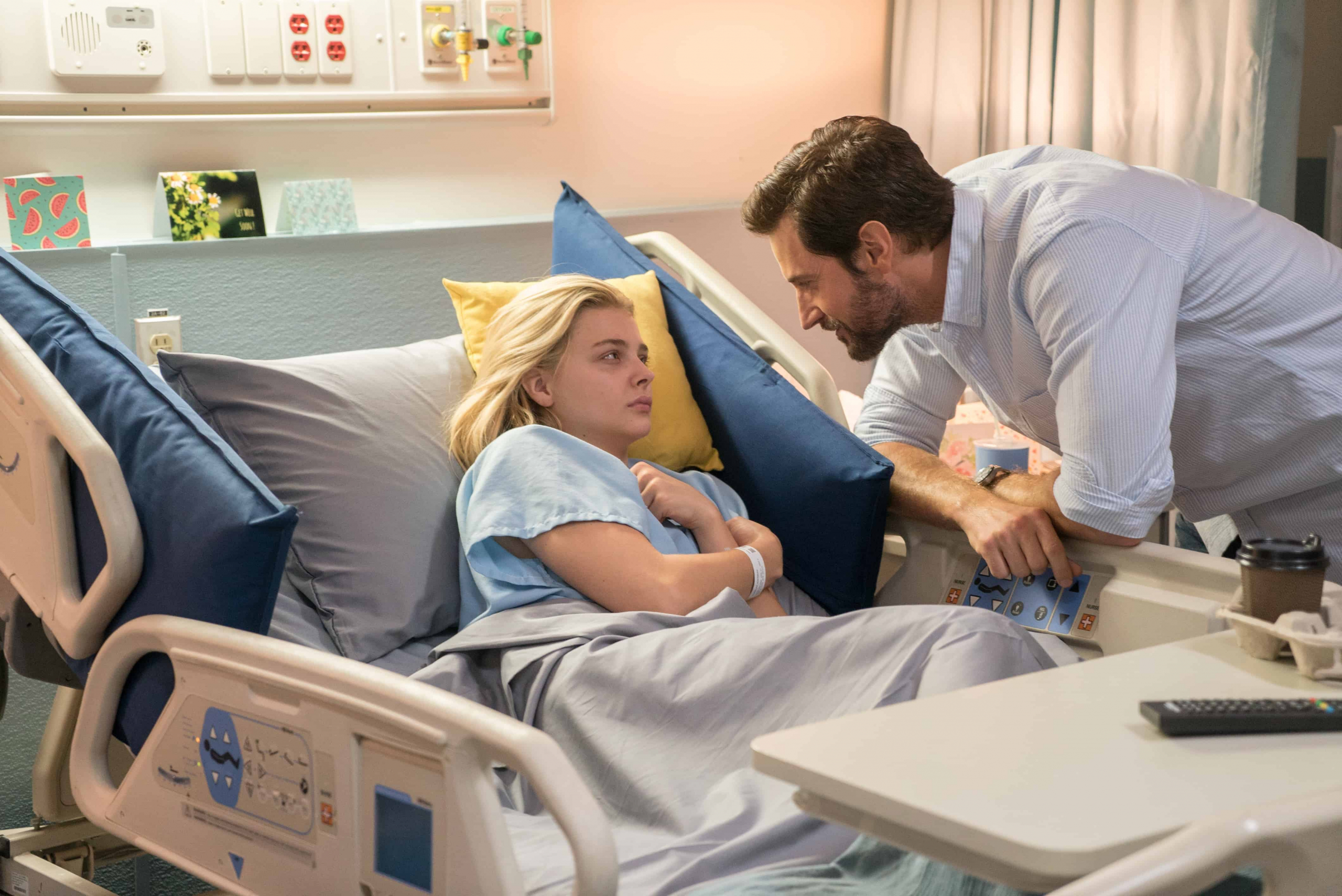Critics everywhere are rolling their eyes at Brain on Fire: a medical thriller based on a true story. It follows Susannah (Chloë Grace Moretz), a reporter that is repeatedly misdiagnosed as she becomes increasingly ill.
The movie’s major criticisms are as follows: inadequate development of a main character; the medical procedures shown are done in cliché; the ‘cure’ in the movie is unrealistic, discovered by a ‘genius doctor’ — a medical Ex Machina.
But Brain on Fire was never meant to be a hard-hitting film, nor had it intended on revolutionizing script and plot elements. As director Gerard Barrett admits, “There were sacrifices that I had to make, to make sure that [the disease] was understandable. And that was important to me.”
In the film, Susannah, a young and ambitious journalist, has anti-NMDA receptor encephalitis, a rare auto-immune disease where the body attacks the brain causing partial inflammation and resulting in symptoms of psychosis. The disease was discovered as recently as 2006, and is not widely discussed in medical curricula around the world, making it a unique plot point for the movie.
Filming and pre-production took about three weeks in total — a small amount of time compared to most of Hollywood’s giant blockbusters. Instead of focusing on possible stylistic choices and narrative, Barrett kept things simple. He didn’t want the plot to be complicated, nor did he want to distract the audience’s attention from anything but the disease. Barrett said he wanted the audience to “just watch it, take it in, and use it in real life.”
At the same time, though, Barrett spread himself too thin. Had Barrett struck a balance between truth and artistic vision, perhaps the film would have been better received. As noble as it seems to want to use film as a platform to raise awareness, in doing so, Barrett neglected to engage in truly creative filmmaking.


